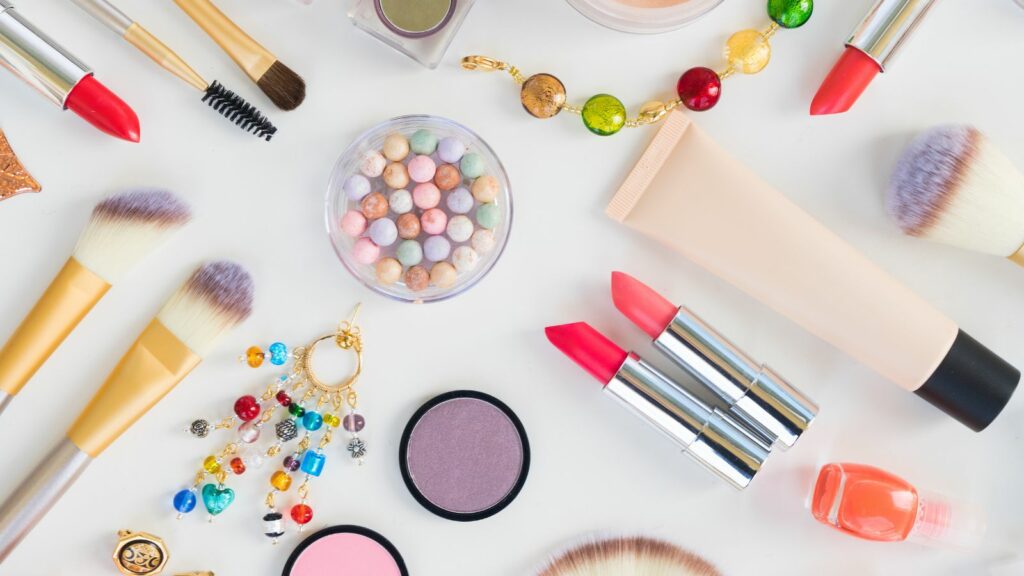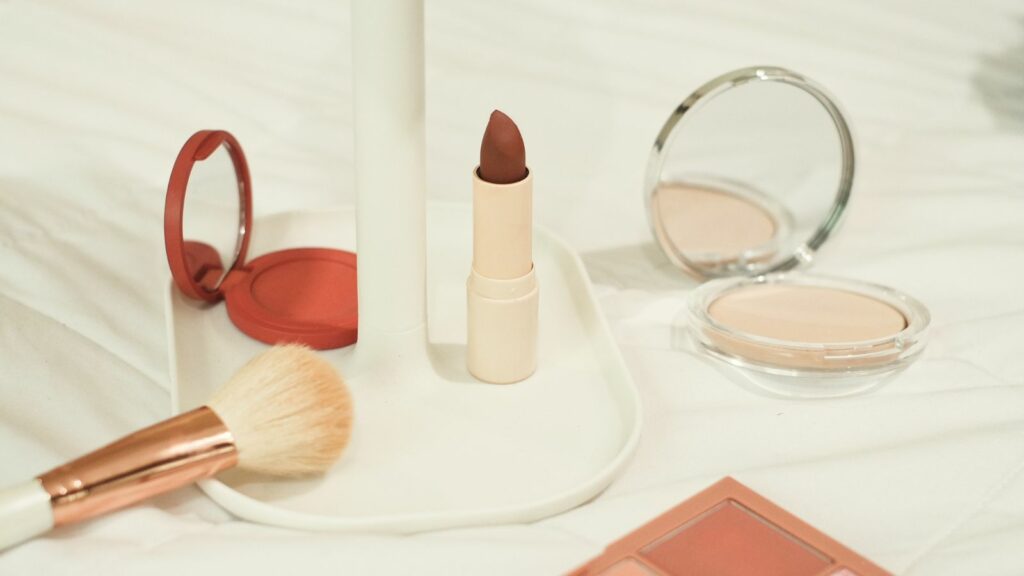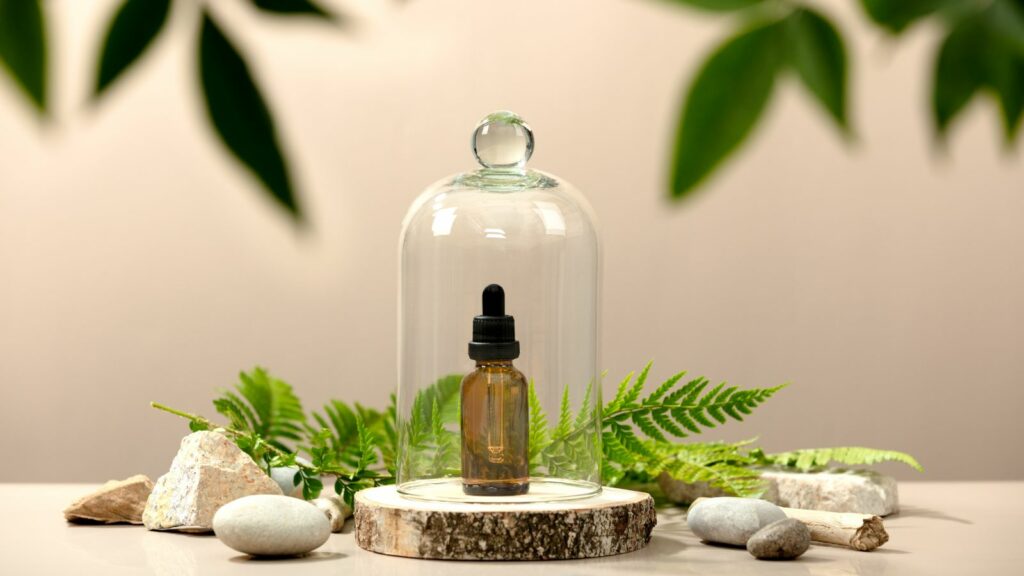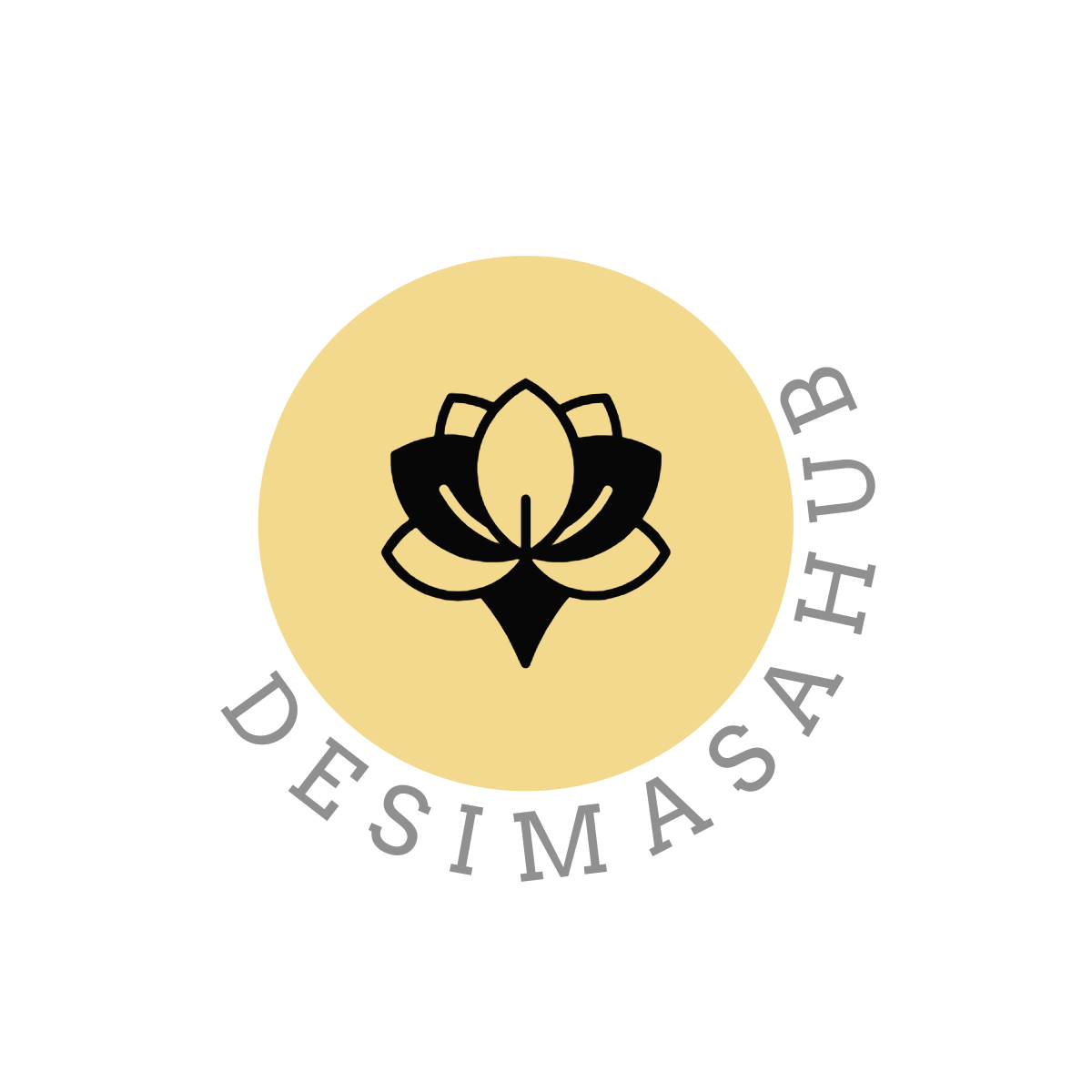In the bustling world of beauty and personal care, there’s a constant quest to stay ahead of the curve. From the latest skincare innovations to groundbreaking makeup trends, the market is an ever-evolving landscape. It’s a realm where science and style intersect, creating products that not only enhance natural beauty but also promote overall well-being.
The beauty and personal care products market is a multi-billion dollar industry, growing at an unprecedented rate. It’s fueled by consumers’ unending desire for self-improvement and the industry’s ability to deliver effective, innovative solutions. This article delves into the dynamics of this exciting market, exploring key trends, major players, and future projections. Stay tuned to get a glimpse into the world that shapes our daily routines and defines our perceptions of beauty.
Beauty and Personal Care Products Market
The Beauty and Personal Care Products Market exhibits thriving growth patterns and promising future prospects. The sector’s global reach, robustly influenced by a blend of science and style, catalyzes its position as a multi-billion dollar industry. Trend-setting brands establish a unique market identity, consistently seeking innovative methods to quench consumers’ persistent hunger for beauty enhancement and personal well-being.

Immersing in the complexity of this market reveals a delicate fusion of an array of product types. Cosmetics, skincare products, haircare products, and personal hygiene products form the primary categories in this diverse market. A vivid illustration of this includes successful brands such as L’Oréal Group and Unilever that are making their mark in this segment.
Interestingly, the market displays attractive penetration rates and product innovation rates. A robust 5.9% compound annual growth rate was reported in 2019. In the same year, the market volume reached a staggering 382 billion U.S. dollars, marking its prominence on the global economic canvas.
Geographical segmentation of the market denotes the highest degree of market penetration in North America, closely followed by Europe, Asia, Latin America, and Africa. These figures, however, indicate dynamic changes due to fluctuating consumer demand patterns, socio-economic factors, and shifting cultural ideologies linked to beauty and personal care.
Market players face fierce competition, driven by aggressive marketing strategies and ad campaigns. The victors of this race emerge as those who can adapt to rapid trends, appreciate consumer’s evolving preferences, understand technological advancements in the market, and balance the overlap of natural and scientific ingredients.
Key Trends Shaping the Market
With the Beauty and Personal Care Products Market forecasted to reach immense heights in forthcoming years, key trends have started clearing the path for this ascension. Sustainability in product development and technological advancements stand at the forefront of these integral trends.

Sustainability in Product Development
Environmentally-conscious product formulation represents a pivotal trend in today’s beauty market. Consumers, increasingly alert to their carbon footprints, have begun valuing brands that prioritize eco-friendly practices. Companies such as L’Oréal and Unilever, renowned market leaders, are actively deploying sustainable ingredients in their products.
Consumer behavior and preferences in the beauty and personal care products market constantly evolve, largely influenced by several internal and external factors. This market, having major players such as L’ Oréal Group, Unilever, and Estée Lauder, has seen a shift in consumer trends with an increased demand for organic products and the influence of social media personalities.
Demand for Organic and Natural Products
Consumers show an increasing inclination towards organic and natural products. They advocate for substances derived from nature, free of chemicals, and produced without harming the environment. For example, brands like Burt’s Bees and Honest Beauty specialize in developing products comprised mostly, if not entirely, of natural ingredients.

Increased awareness regarding the potential harm of synthetic chemicals drives this demand. Consumers prefer products with ingredients like aloe vera, shea butter, and essential oils, known for their gentle yet effective properties.

